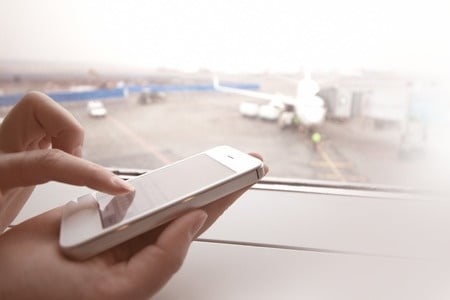


Airports have become a testing ground for location-based marketing and, especially with beacons, a sign of what's to come as marketing evolves.
As CTIA.org notes, beacons are already shaping the market in big ways: "Beacons — low-cost devices that communicate with smart phone apps indoors — could directly influence up to $4.1 billion of total U.S. store sales this year; this figure will grow 10X in 2016."
But the way beacons transform the airport experience for the average traveler is a perfect example of the technology's society-changing (and society-benefiting) potential.
Digital Bread Crumbs Through the Maze
When an airport employs beacons, travelers will have access to turn-by-turn navigation assistance as the beacons communicate with their smart phones. This eliminates the hassle and confusion of solving the puzzle of an airport's layout, and it does so without GPS or Apple Maps which are not functional in airports. Whether the passenger wants to get to their gate quickly before they miss their flight or they're trying to find a place to eat or a bathroom or some other amenity or store, beacons could function as personal escorts.
It's not far-fetched to imagine this becoming a standard feature of the traveling experience. Many airports already offer apps for passengers to use. Integrating beacons into such apps is the next logical step.
And, of course, beacons can help marketers bring sales and promotions directly to the traveler as they're walking through the airport following their beacon-led escort to their gate. Beacons could remind passengers to grab duty-free products before going into the concourse and alert them about which carousel will have their baggage and how to get there. Beacons could also examine which passengers are furthest from the gate when there's a boarding call and send an urgent alert to those passengers first.
Many Broader Applications
Airports are just the beginning. Beacons could be installed in residential or corporate buildings and help occupants find the safest emergency route out during an emergency. Amusement parks could use them in their attractions. (Imagine a haunted house maze attraction with beacons that know when you're about to round the corner.)
Once the creative conscious of the marketing and entrepreneur culture explores the potential of beacons, our culture will quickly undergo a transformation. Smart phones, smart cars, and smart houses will seem old-school and small in contrast to what's coming. Our entire world could become smart once beacons begin filling it.
